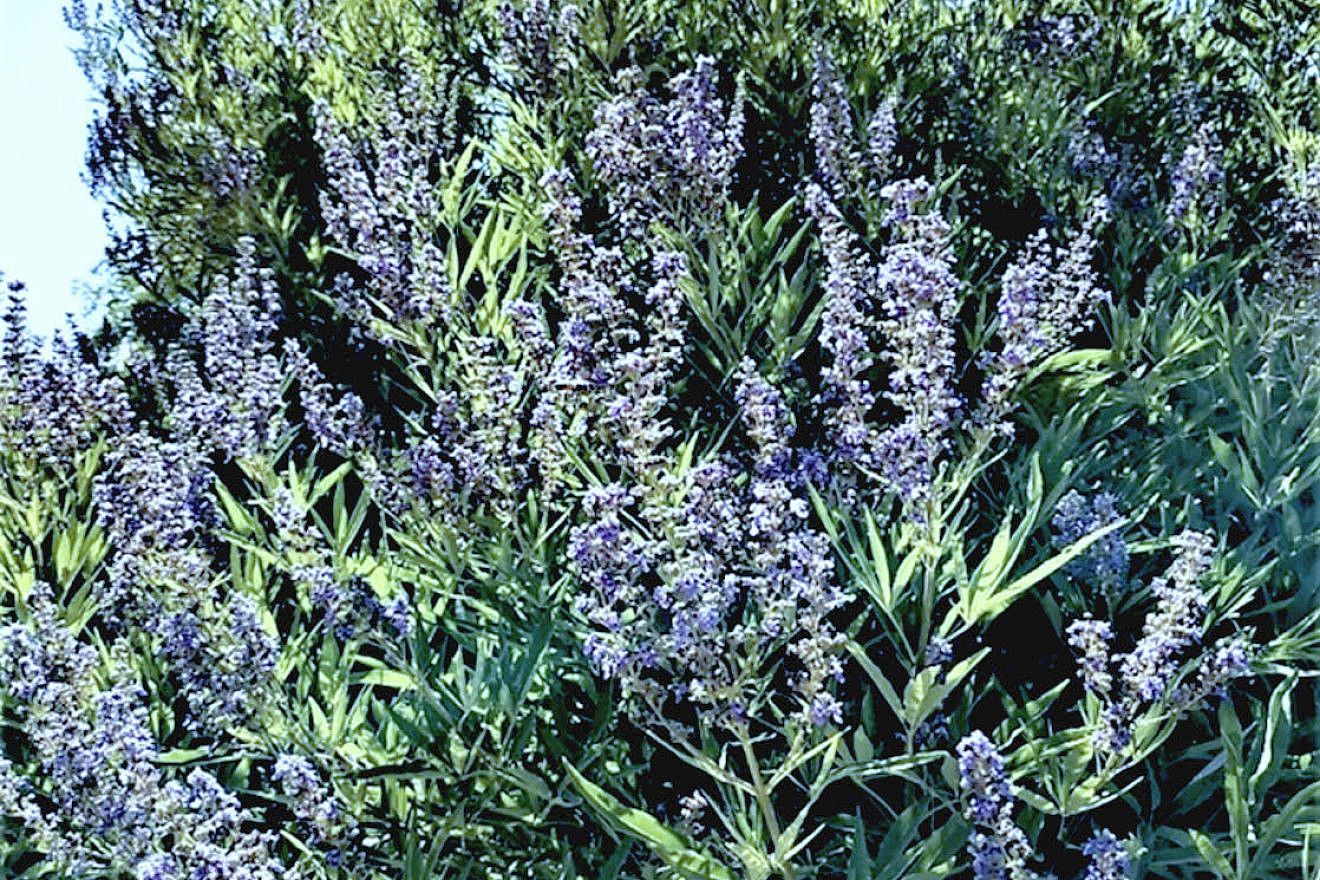A team of Israeli archaeologists and archaeobotanists have overseen the reconstruction of plants used in three-thousand-year-old Philistine rituals at the central Israel site identified as the home of the biblical Goliath, providing a unique window into this ancient civilization.
The study which follows more than a quarter century of excavations at Tell es-Safi, named as the biblical Gath of the Philistines and the home of Goliath, “challenges previous understanding of Philistine ritual practices and offers a fresh perspective on their cultural practices and the connections between Philistine culture and broader Mediterranean religious traditions,” said Professor Ehud Weiss, director of the Archaeobotany Laboratory at Bar-Ilan University in Ramat Gan, in a statement on Monday.
Philistine culture, which flourished during the Iron Age (ca. 1200-604 BCE), profoundly affected the southern Levant’s cultural history, agronomy and dietary customs.
The study revealed that the Philistine religion relied on the magic and power of nature, such as running water and seasonality, aspects that influence human health and life.
“By examining the plants they used in ritual contexts, we better understand how the Philistines perceived and interacted with the world around them,” Weiss said.
The study also proposes parallels between Philistine and Aegean ceremonial practices. The discovery of loom weights (an apparatus used for fabric production) within Philistine temples, a common feature in Aegean cult locations, further strengthens the hypothesis of cultural exchange and influence between the two regions.
Dr. Suembikya Frumin, manager of the Archaeobotany Laboratory and the study’s lead researcher, noted, “One of the most significant findings is the identification of earliest known ritual uses of several Mediterranean plants, such as the lilac chaste tree (Vitex agnus-castus), crown daisy (Glebionis coronaria), and silvery scabious (Lomelosia argentea).
“These widespread Mediterranean plants connect Philistines with cultic rituals, mythology and paraphernalia related to early Greek deities, such as Hera, Artemis, Demeter and Asclepios. In addition, plants with psychoactive and medicinal properties in the Philistine temples reveal their use for cultic activities,” Frumin said.
“These findings open up new avenues for research into the cultural and religious interactions between the Philistines and neighboring regions,” added study co-author Professor Aren Maeir, of Bar-Ilan University’s Department of Land of Israel Studies and Archaeology, who has directed the excavations at Tell es-Safi/Gath for more than 25 years.
“We have deepened our understanding of ancient cultic practices and their significance in the broader Mediterranean world,” Maeir said.

























